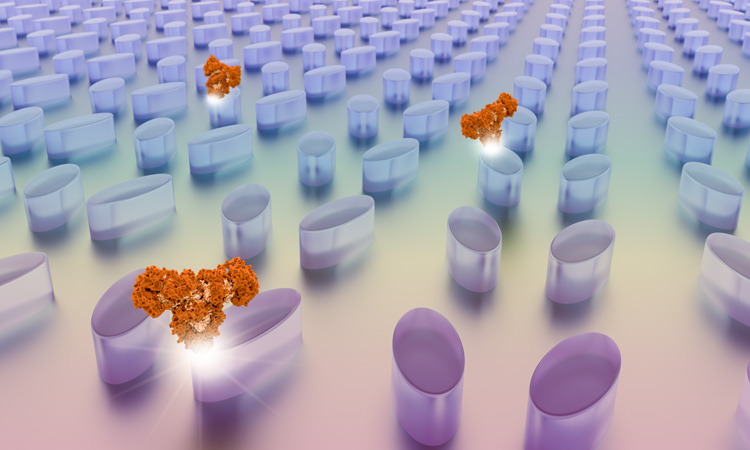Feature
Engineering with Bound States in the Continuum
Identified nearly a century ago by early workers in quantum mechanics, bound states can dramatically reduce radiation from optical resonators, opening up new application prospects in nanophotonics.
 Recent work led by Hatice Altug, EPFL, has used bound states to create ultrasensitive biosensing devices targeted for personalized medicine. [EPFL / Bionanophotonic Systems laboratory]
Recent work led by Hatice Altug, EPFL, has used bound states to create ultrasensitive biosensing devices targeted for personalized medicine. [EPFL / Bionanophotonic Systems laboratory]
The physics of resonant nanostructures, which can trap light at the subwavelength scales and form high-density concentrations of electromagnetic energy, are driving advances in nanophotonics and metamaterials, taking the world closer to schemes for all-optical communication and data processing. For dielectric nanoscale structures in particular, the optical response depends on Mie resonances that not only strongly enhance light’s electric- and magnetic-field components, but also enable complex wavefront control, including modulation of amplitude, phase, dispersion and polarization of light (see “Meta-optics with Mie resonances,” OPN, January 2017).
…Log in or become a member to view the full text of this article.
This article may be available for purchase via the search at Optica Publishing Group.
Optica Members get the full text of Optics & Photonics News, plus a variety of other member benefits.
